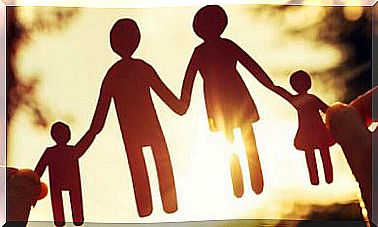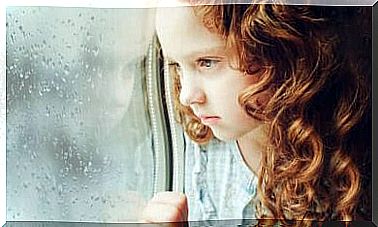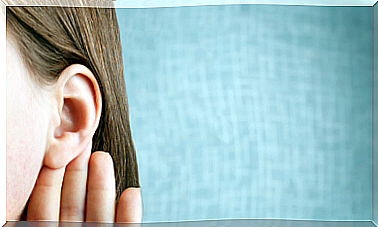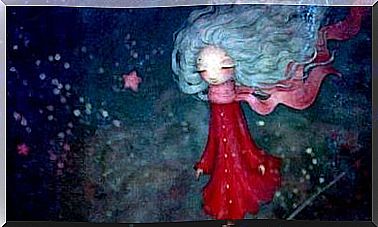Psychostimulants, The Remedy For Hyperactive Children
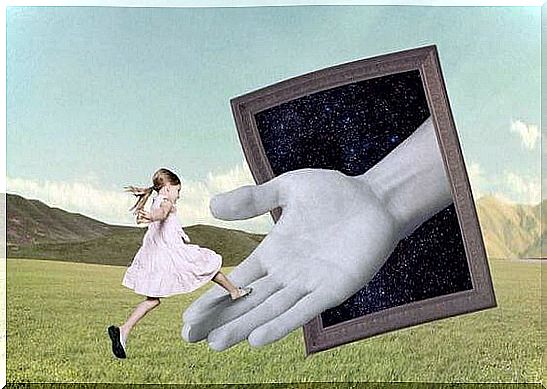
It’s easy that, in a world where the priority is always to be on time, it can be unsettling for a child to start jumping over a puddle of water. So it is easy that, with any behavior, the mass diagnosis of children with hyperactivity is facilitated.
We have said several times: there is no such thing as a difficult child, what is difficult is to be a child in a world of tired people, without patience and in a hurry. It is normal for a child to run, jump, scream, experiment and turn everything around them into an amusement park. It is normal for a child, at least at younger ages, to behave exactly as a child is, not the adult they want him to be.
However, there are adults who do not know how to enjoy a child and, consequently, educate them to be something more like a “furniture” than a real child. Obviously, this “mass concern” about the disturbing and inattentive behaviors of the little ones generates mass diagnoses in children’s mental health services.
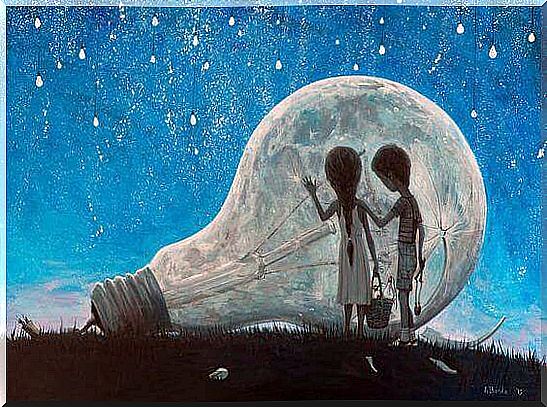
ADHD and psychostimulants: hyperactive children medicated with amphetamines
The increase in ADHD diagnosis worldwide has triggered alarms, especially in sectors related to childhood and adolescence. The true existence of Attention Deficit Hyperactivity Disorder (ADHD) is very questionable, at least in the way it was conceived.
Thus, it is currently considered as if it were a drawer in which several cases are piled up, ranging from neurological problems to behavioral problems or lack of resources and skills to deal with their surroundings.
** It may be that the expert reader would like to know that the diagnosis of ADHD or its equivalent in other classifications is four times greater if the DMS-IV is used than if the CIE-10 is used. This gives an idea of how speculative the diagnosis of this “disease” can be.
Not coincidentally, since the 1990s the prescription of psychostimulants has soared in countries such as Spain (whose consumption has multiplied by 20) and the United States (which, being the world’s largest consumer, has only multiplied its consumption by four times).
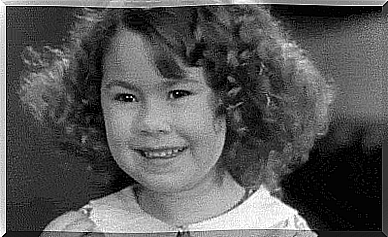
We should know that when we talk about psychostimulants we do it, above all, using methylphenidate , the substance with a chemical structure similar to amphetamines most used worldwide for the treatment of ADHD.
To assess the good (or bad) relationship between psychostimulants and the improvement of the so-called ADHD diagnosed in hyperactive children, numerous studies of doubtful rigidity were carried out, which marked the history in favor of medicalization (such as the MTA).
It turns out that the later statement by its coordinator, Peter S. Jensen, is not so widespread. It’s a shame, because in it he acknowledges having received “under the hood” fees from several pharmaceutical multinationals that sell psychostimulants in the US.
However, our objective here is not to start analyzing this issue in depth, but rather to favor different arguments that make us look more suspiciously at a worrying habit: the use and abuse of psychostimulants by our children.

We must know that psychostimulants have been used for a long time to reduce fatigue, increase physical and intellectual performance and improve mood. Coffee, tea, tobacco, cocaine… they are all natural elements with a long history of use (and abuse) in order to stimulate our bodies.
Taking a historical leap that would justify the connection between psychostimulant medication and the appearance of ADHD, we must know that amphetamines, at the level of jurisprudence, are totally prohibited in some countries. However, there is a form of amphetamine – lisdenxamphetamine – that is released for the treatment of ADHD in children and adolescents.
This leads us to think about how it is possible that psychostimulant medications of this type are authorized and prescribed so regularly. In the short term, this treatment reduces the symptoms of ADHD in approximately 70% of cases. However, the effects of psychostimulants are identical in diagnosed children and in undiagnosed children, which does not suggest a specific effect.
This effect is not lasting either, as there is a chronicity of certain problems. The long-term assessment of the effects of psychostimulants on the child’s brain is of great concern. Only a few years from now will we know exactly what we are doing with our children and what ADHD really is.
** It is recommended to read the book: Volviendo a la normalidad. The invention of ADHD and bipolar disorder in children. From: Fernando García De Vinuesa, Héctor González Pardo and Marino Pérez Álvarez
